Story of Suzuki
The Start
Many other car brands out there started first in a completely different line of work and Suzuki’s first field was building weaving looms for the silk industry. It was founded as “Suzuki Loom Works” in 1909 by Michio Suzuki in the small coastal village of Hamamatsu, Japan. Thanks to their clever designs and engineering the company started to diversify itself with the production of prototype vehicles in 1939. Within 2 years they had a production-ready vehicle, but because of WWII, they were forced to put a pause on their auto manufacturing. Eleven years later, they enter the motor-vehicle field with their first motorized bicycle ‘Power Free’. The design was well received by both the public and the government, which allowed them to thrive further and make their second bike ‘Diamond Free’ just a year later.
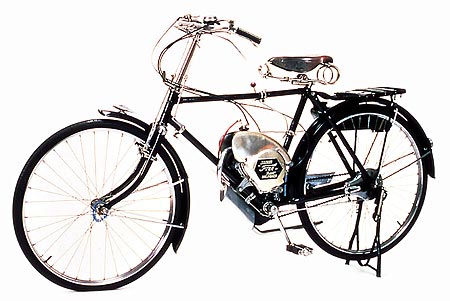
Suzuki Motor Co.
In 1954, they changed their name to ‘Suzuki Motor Co.’ which only confirmed the company’s focus on motor-vehicle industry. In 1955, they produced their first car model Suzulight, a mini car with a two-stroke 360cc engine that ushered them into Japan’s mini vehicle age. Three years later they adopted the famous “S” mark as their logo and they established the ‘U.S. Suzuki Motor Corp.’ but the real global influence would come later in the 80s.
With the release of the Alto in 1979, their success was raging worldwide, placing the company in the top 10 automobile manufacturers. After the huge success, the corporation made a few deals across the globe that would eventually lead them to presence on every major market in the world.
Suzuki Today

The production rate of 3 million cars and 2 million bikes are ranking Suzuki in the 9th position by production volume on a global scale. They employ nearly 55,000 individuals in their 5 production facilities and over 130 distribution centers. They diversified further by making outboard motors, motorized wheelchairs, electro senior vehicles and industrial equipment.
Hall of Fame
Swift
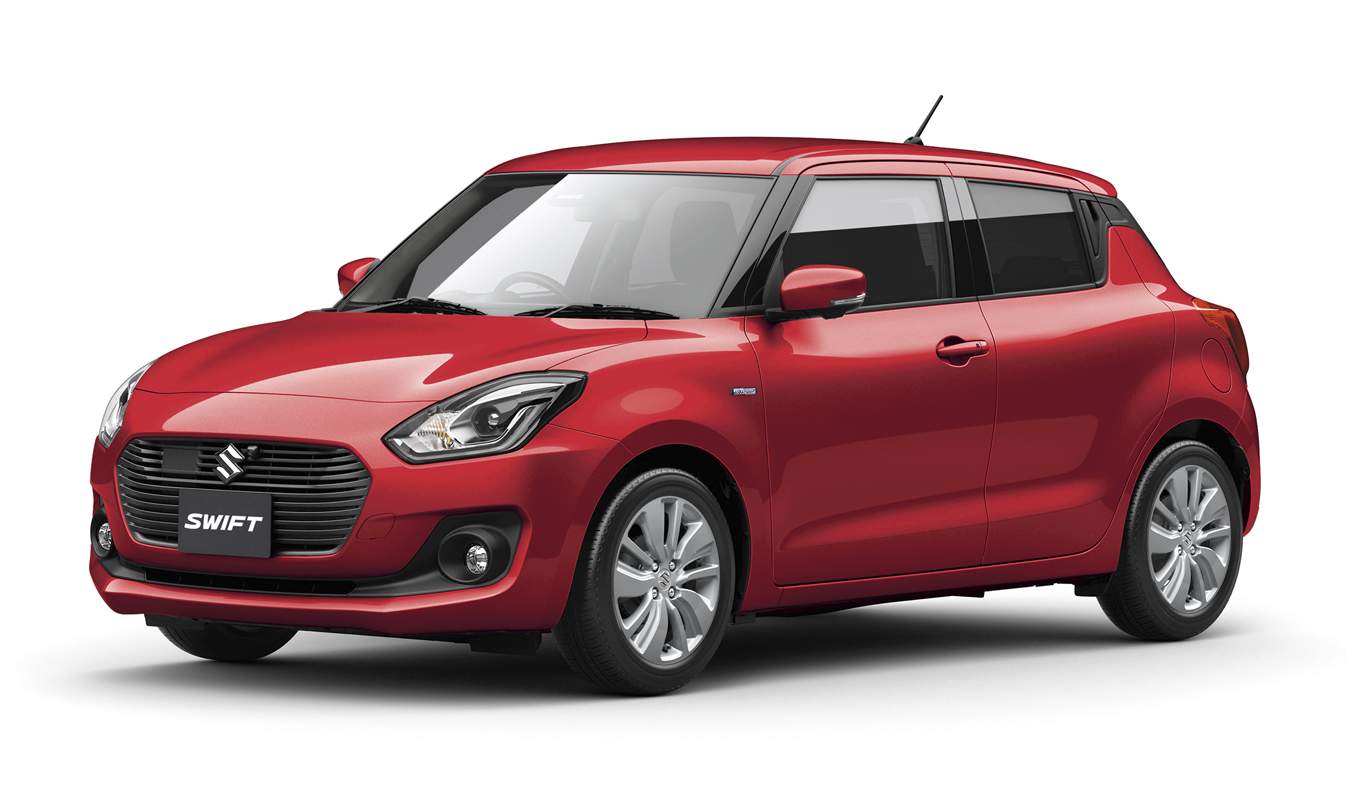
Announced at the 25th Tokyo Motor Show and formally introduced in 1983, the Swift made a great success throughout the years. Also known as the Suzuki Cultus, Geo Metro, Pontiac Firefly, Holden Barina or Chevrolet Sprint (depending on the market) the Swift was offered in four body-style variations and is known as a cheap and sturdy car for the wide masses. The second gen model even stayed in production until April 2017 in Pakistan.
In 2004 there was a major redesign that bumped the sales on the already well-established model.
GSX1300R – Hayabusa
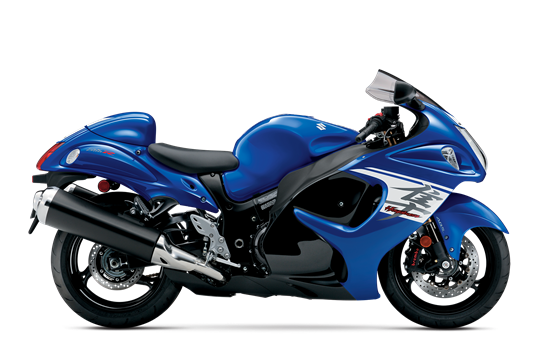
In 1999 Suzuki released their record breaker – The Hayabusa. The name itself means “Peregrine Falcon” which in Japanese often serves as a metaphor for speed. And they weren’t kidding, as this model remained 20th century fastest production bike. No previous motorbike has ever broken the record by such margin as the Hayabusa did (23km/h) topping at 312km/h. Besides its speed, many reviewers praised the all-around versatility that this bike gave.
The Cappuccino
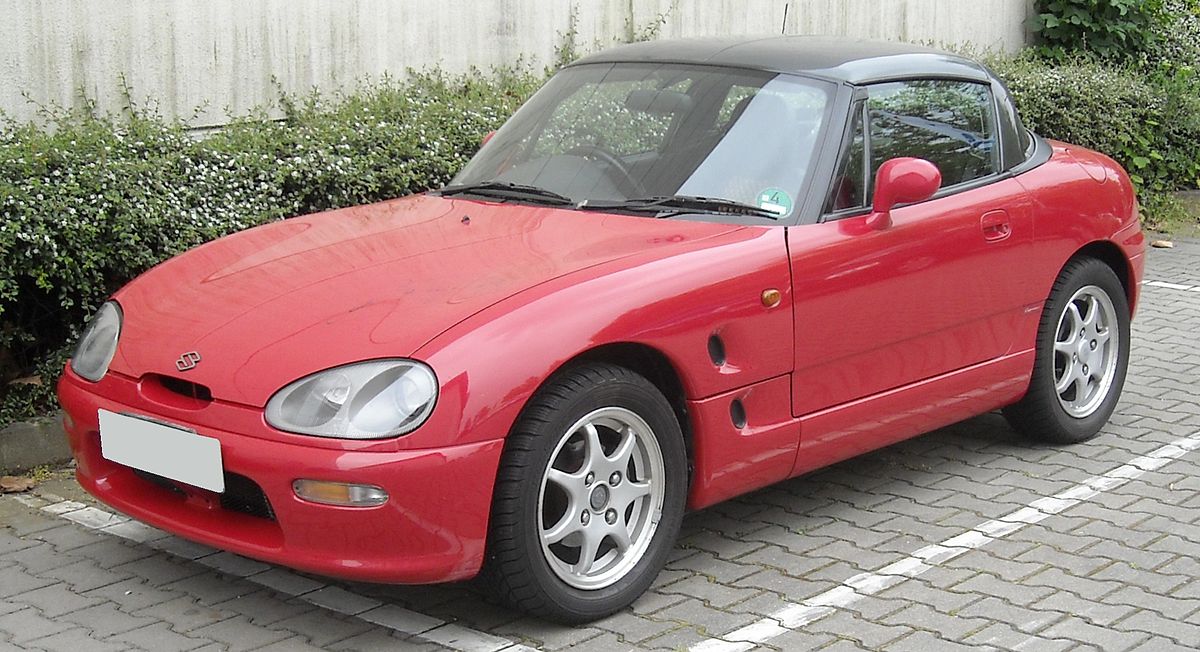
In Japan, you need to prove that you own a parking space in order to buy a car, except if you’re buying a mini car or “Kei car”, a vehicle that is small enough to bypass the restrictions. The Cappuccino is that kind of a vehicle with small but high-revving, 0.65-liter turbocharged engine that delivered 63hp to the wheels. Most described it as a fun roadster that feels twice as powerful as stated.
LT-R450

Between 2006 and 2009, 25.000 race ready ATV were produced and many described them as one of the best ATV ever build. The LT-R triumphed many championships in the years that came.
X-90
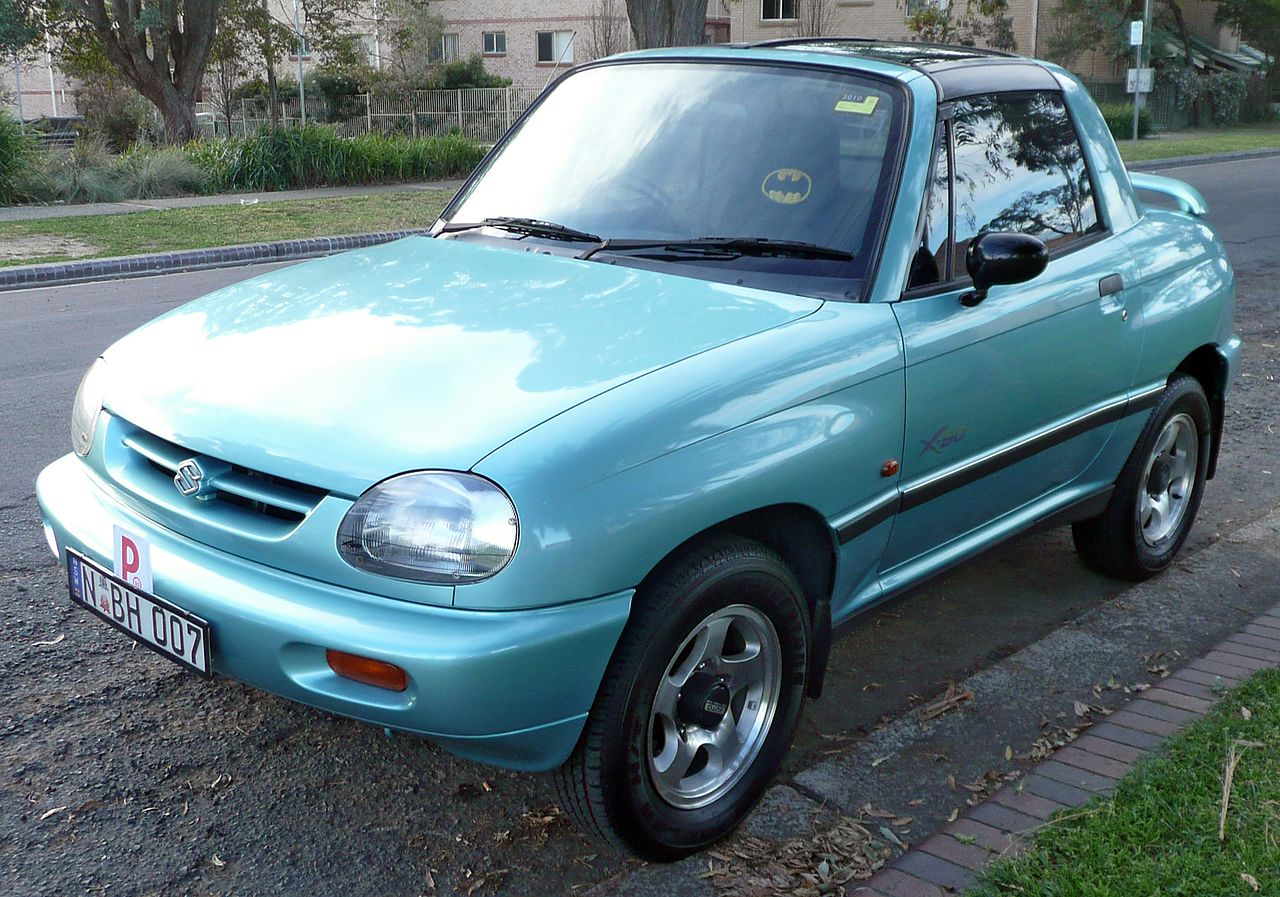
After the successful ‘Cappuccino’ Suzuki tried to push another similar model on the stage. But this time they messed up big. The car was too big to bypass the Japanese regulations and too awkward for the rest of the world. In the last year of sale, because of the stockpile, Suzuki was forced to lower the price by 25%. Unfortunately, that strategy didn’t work.




